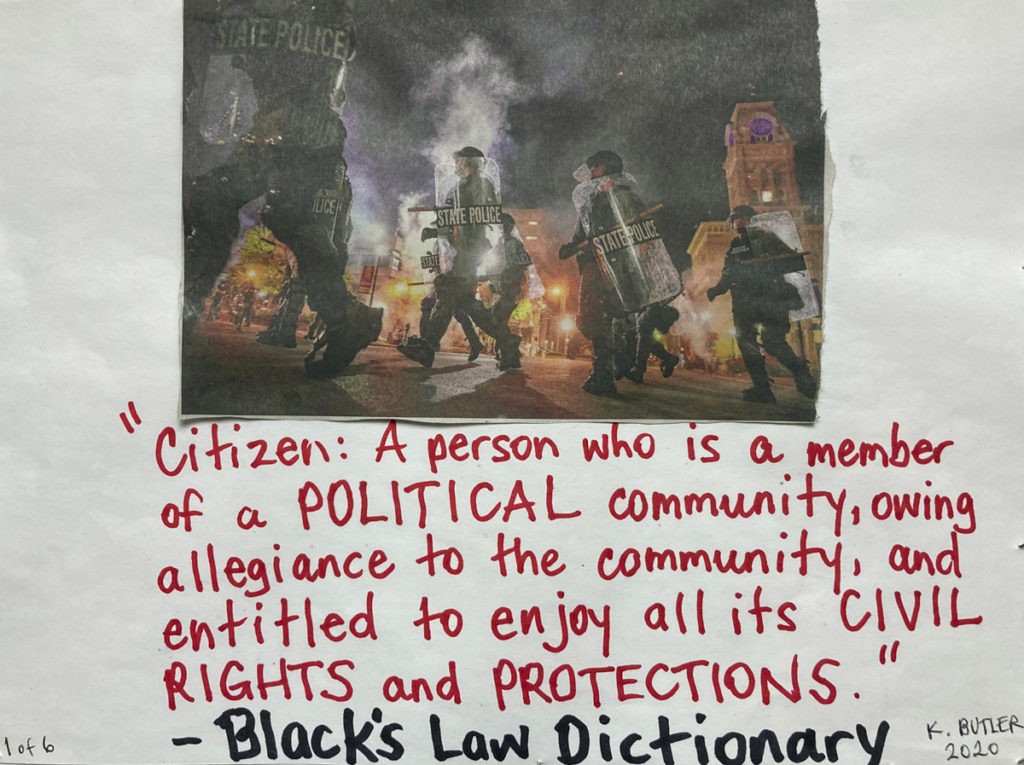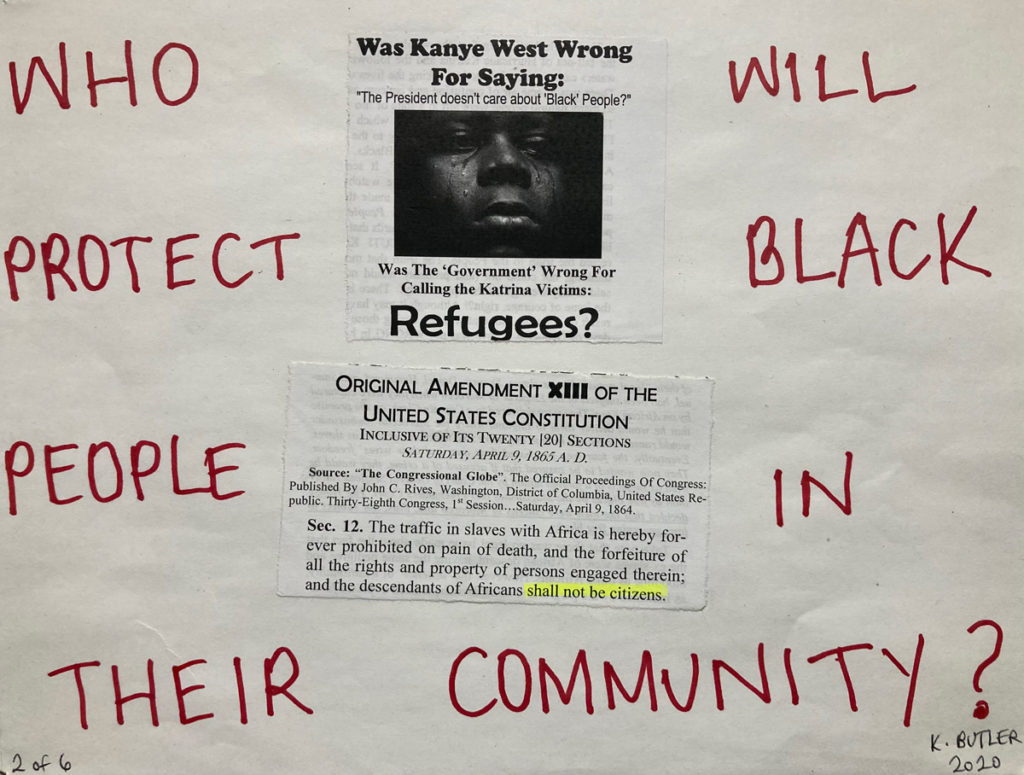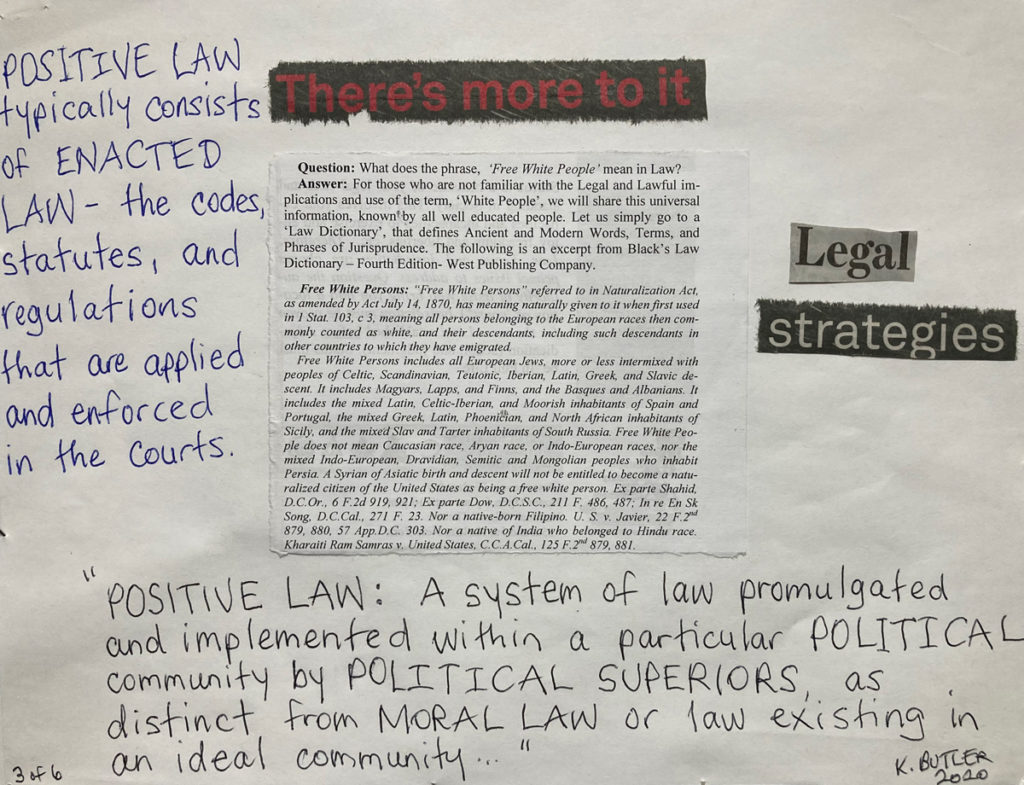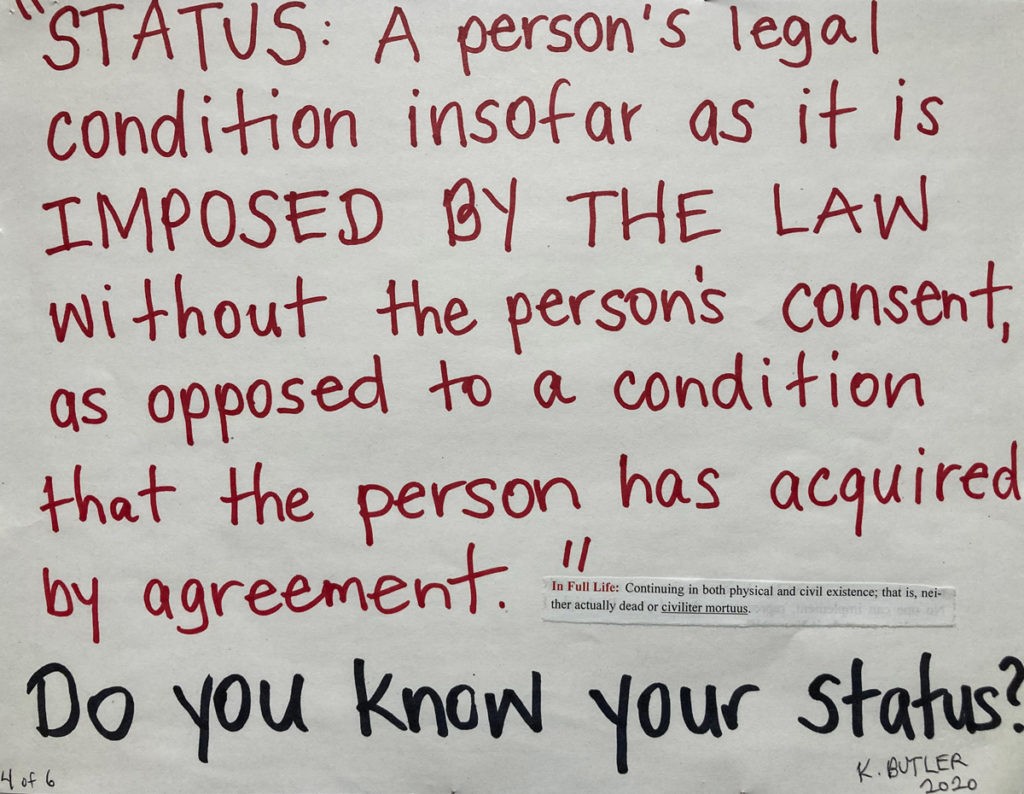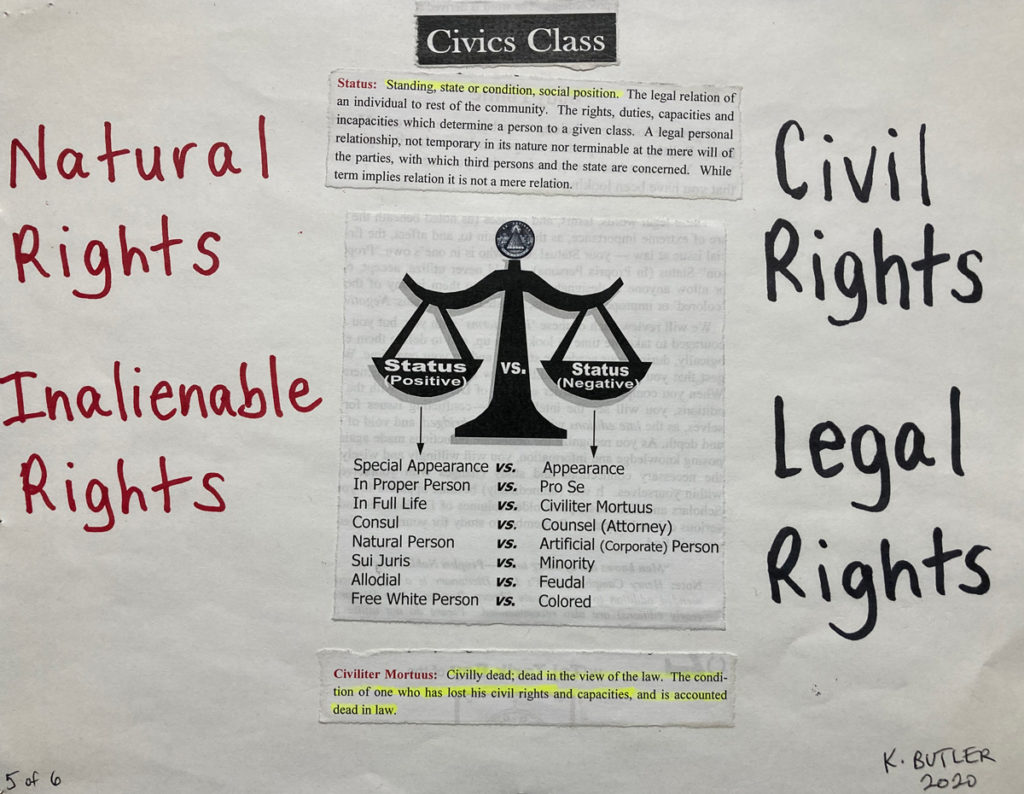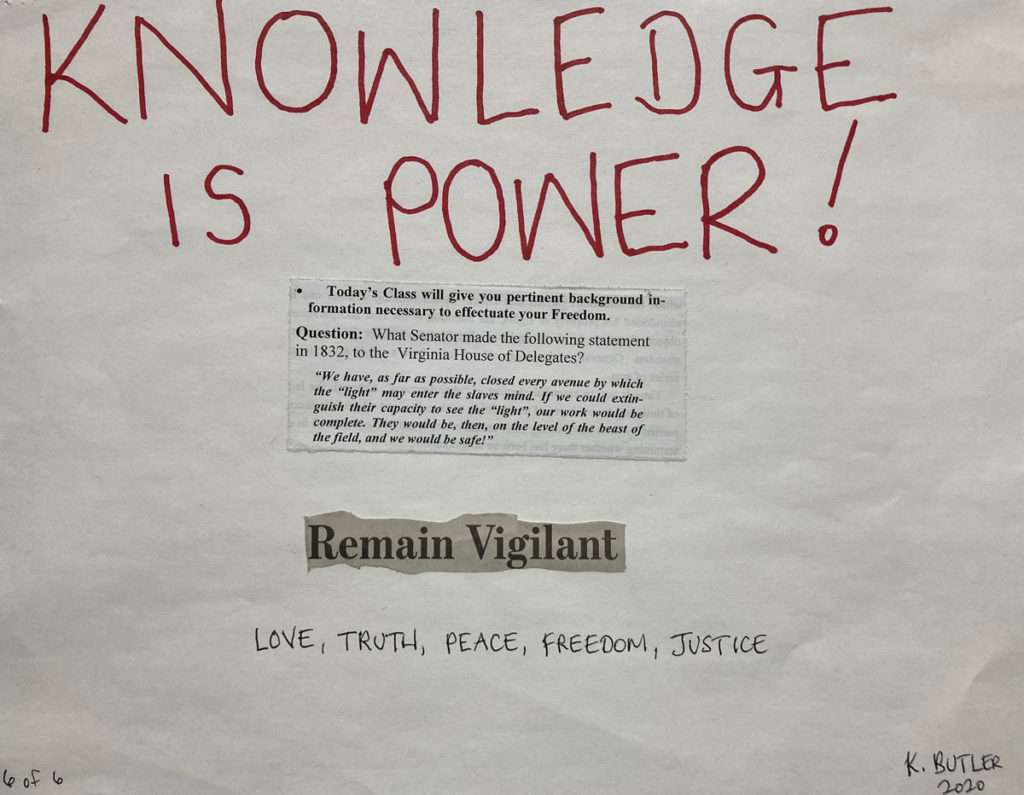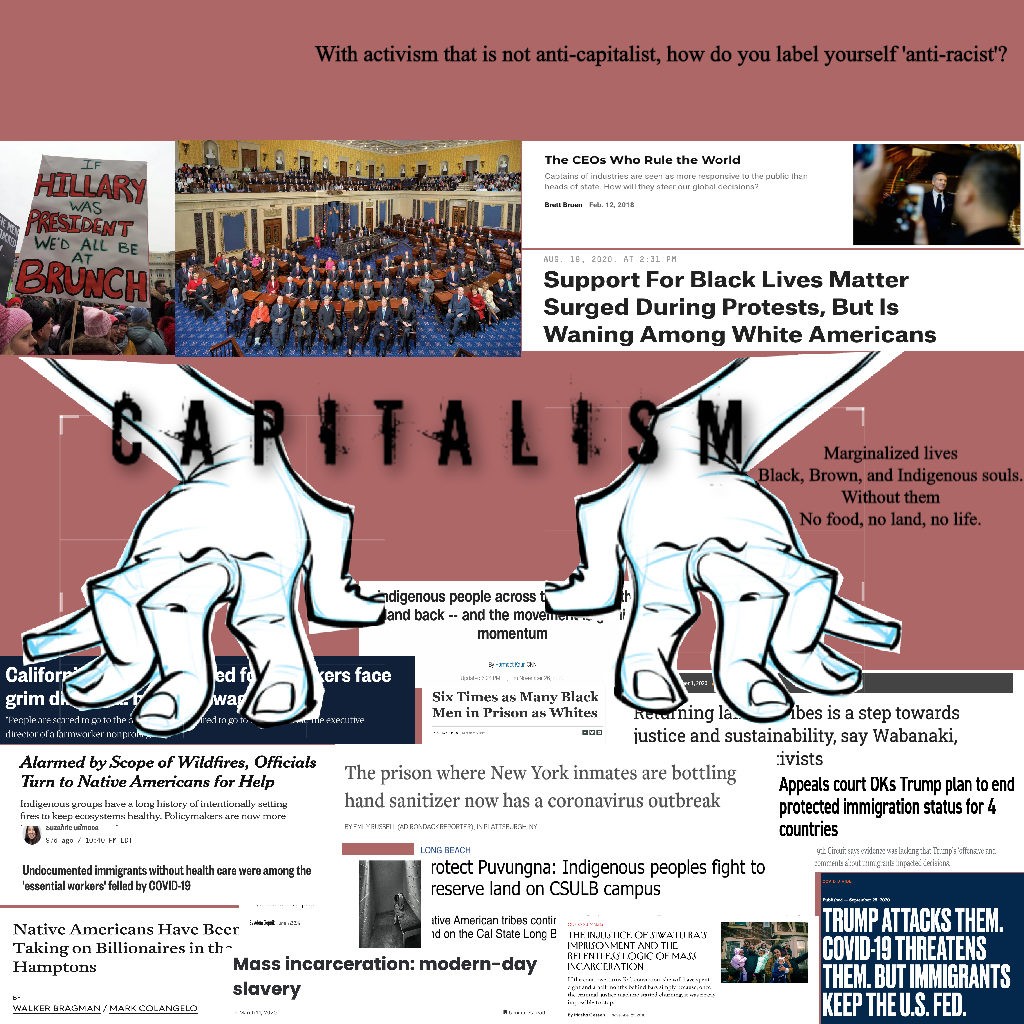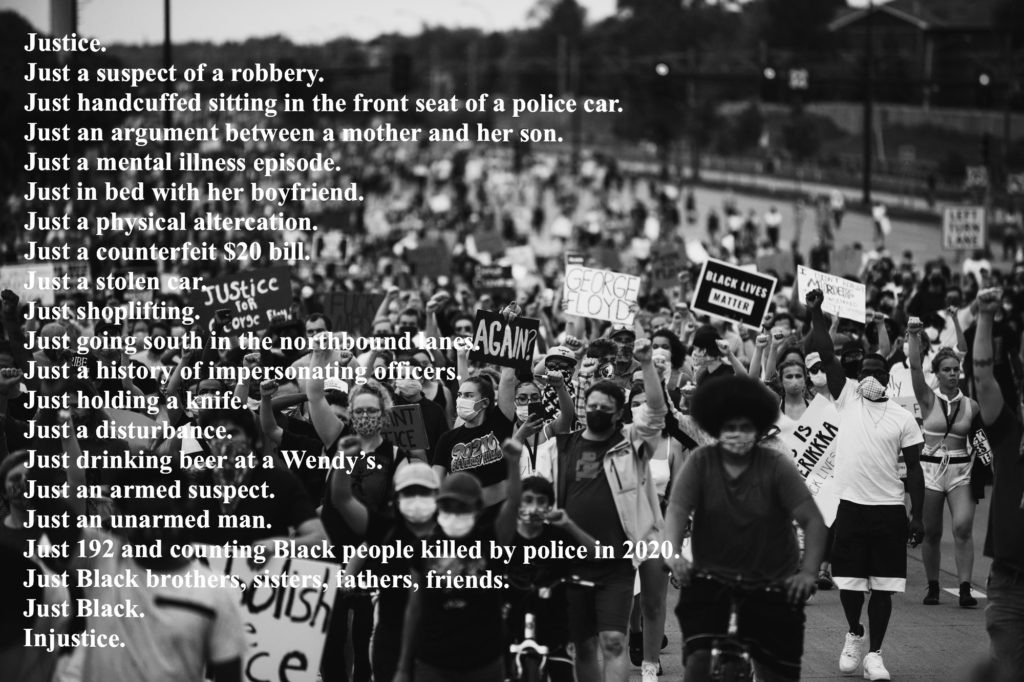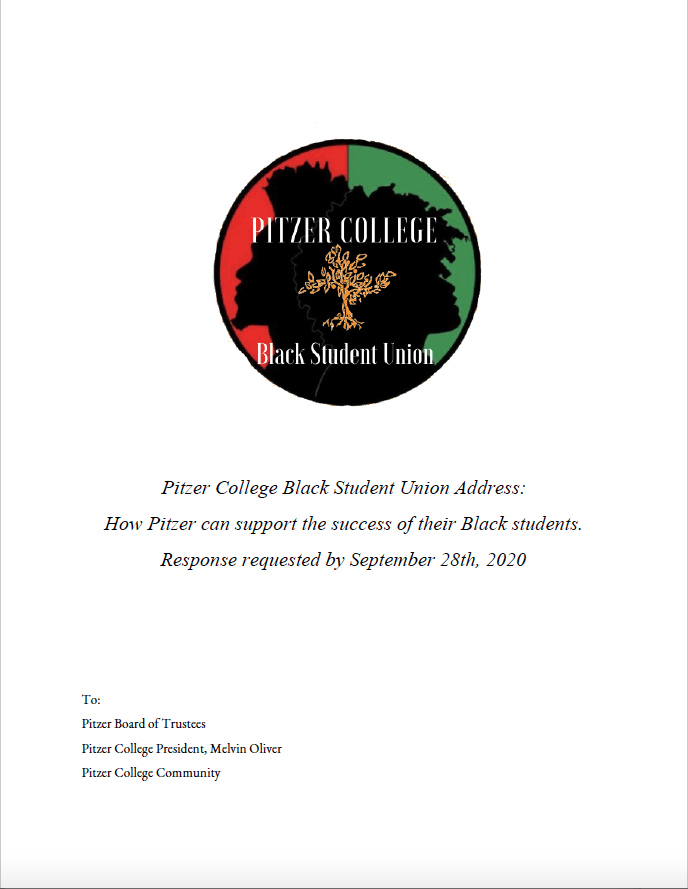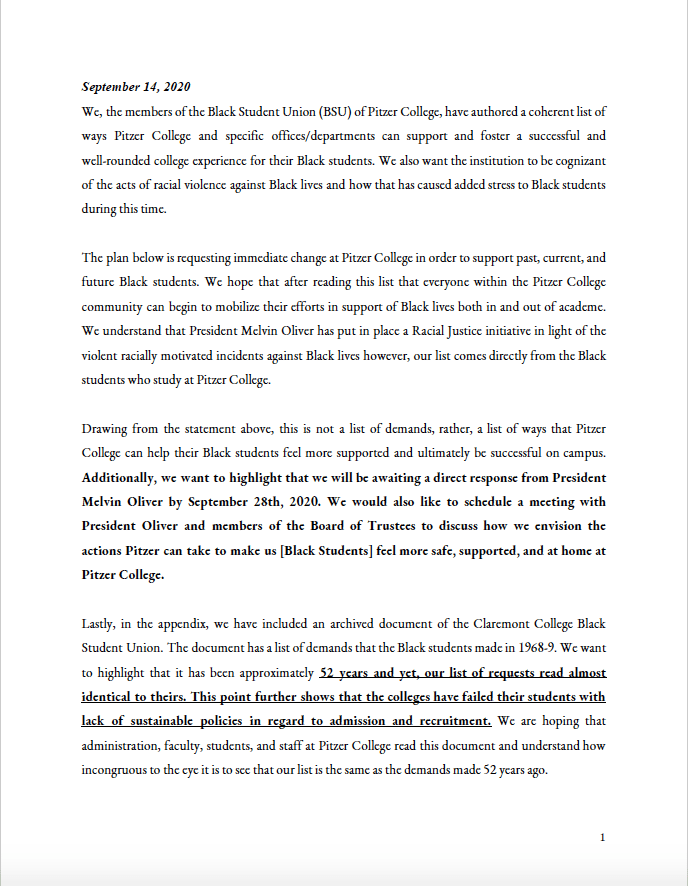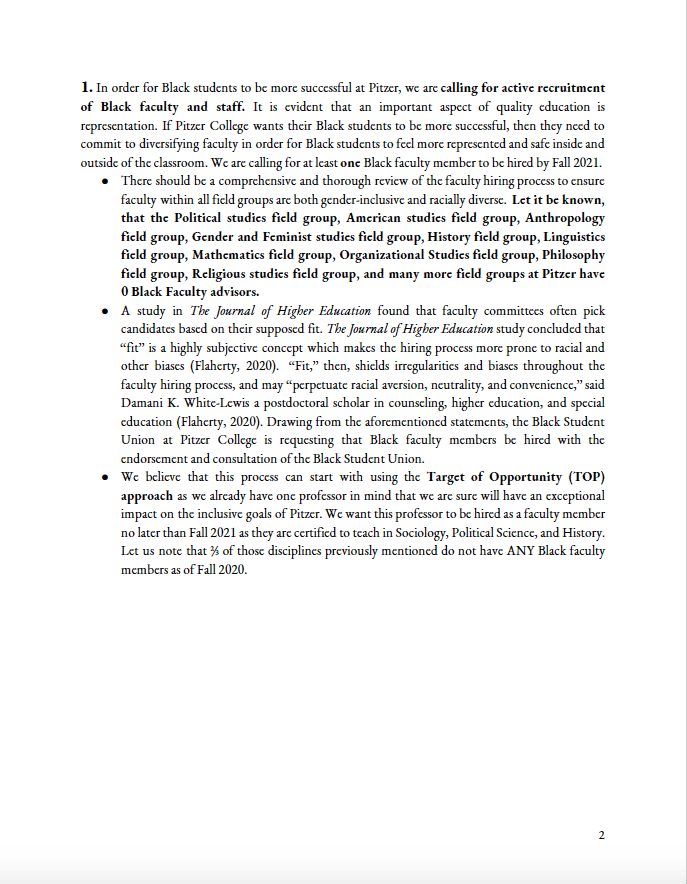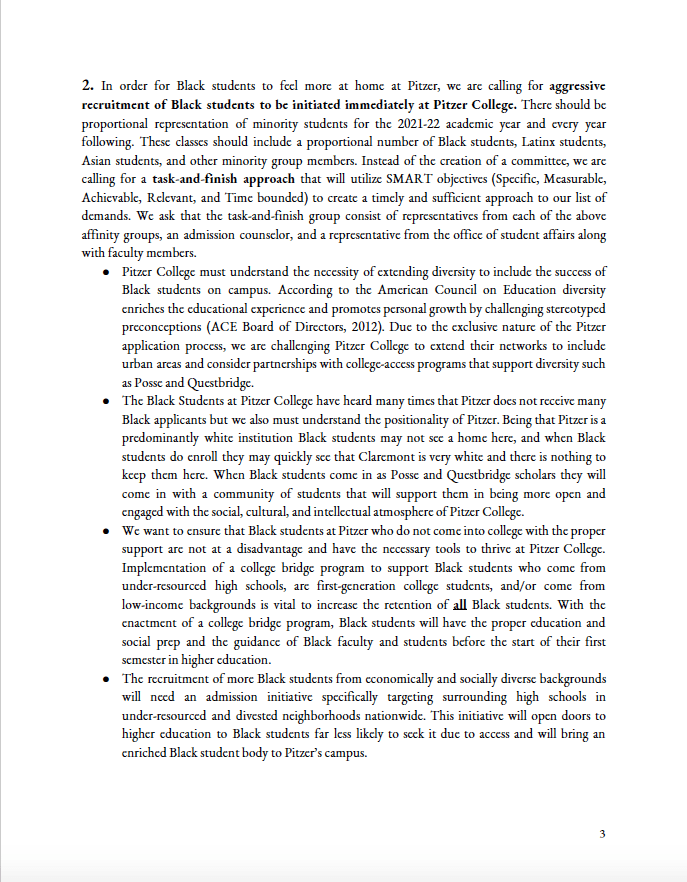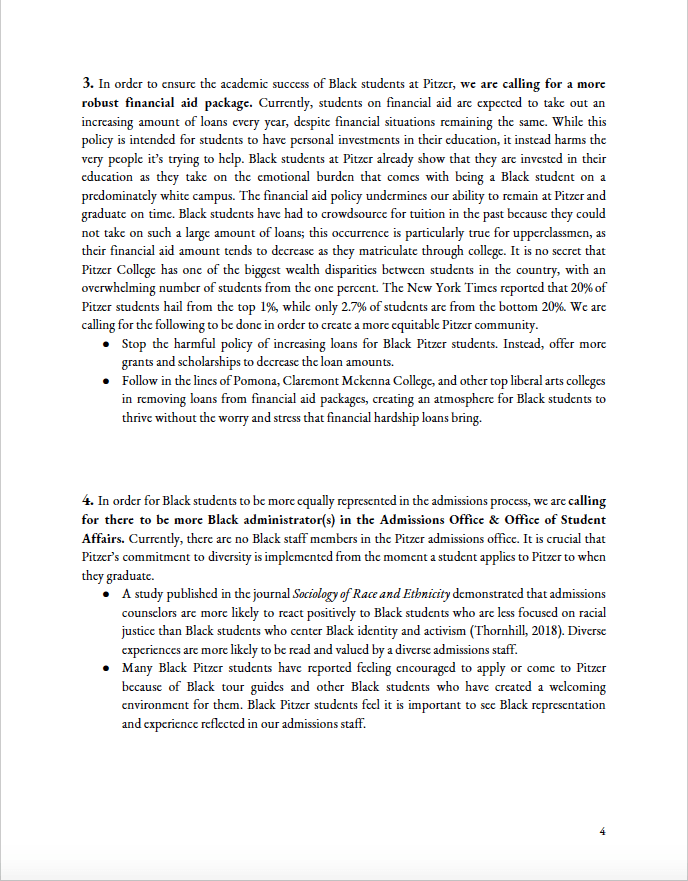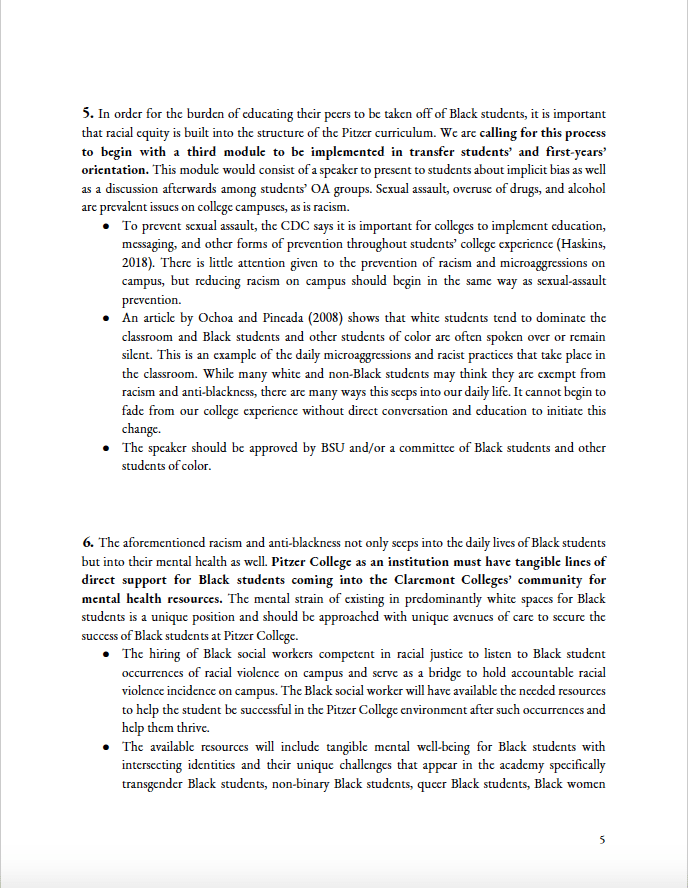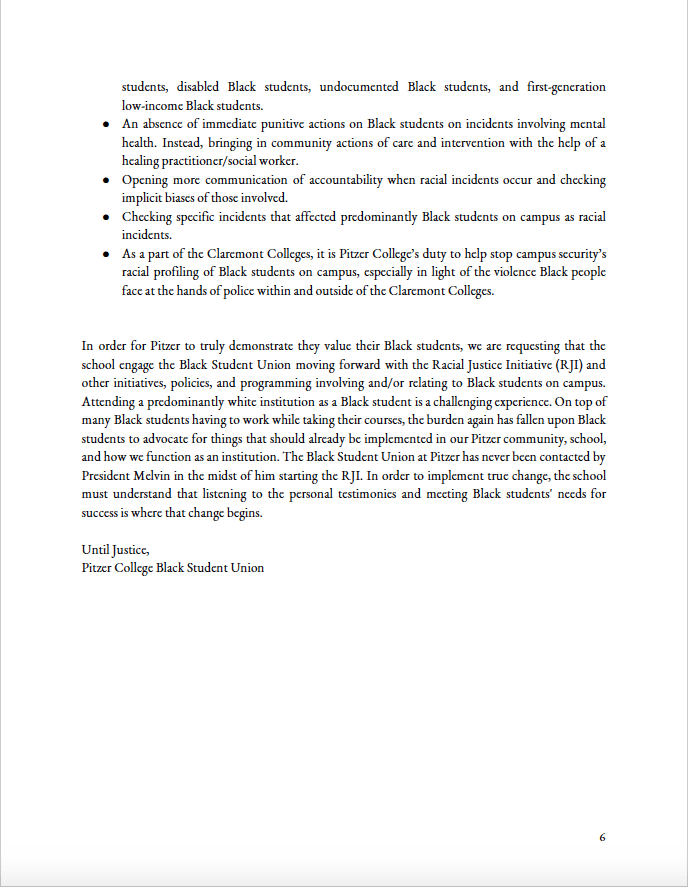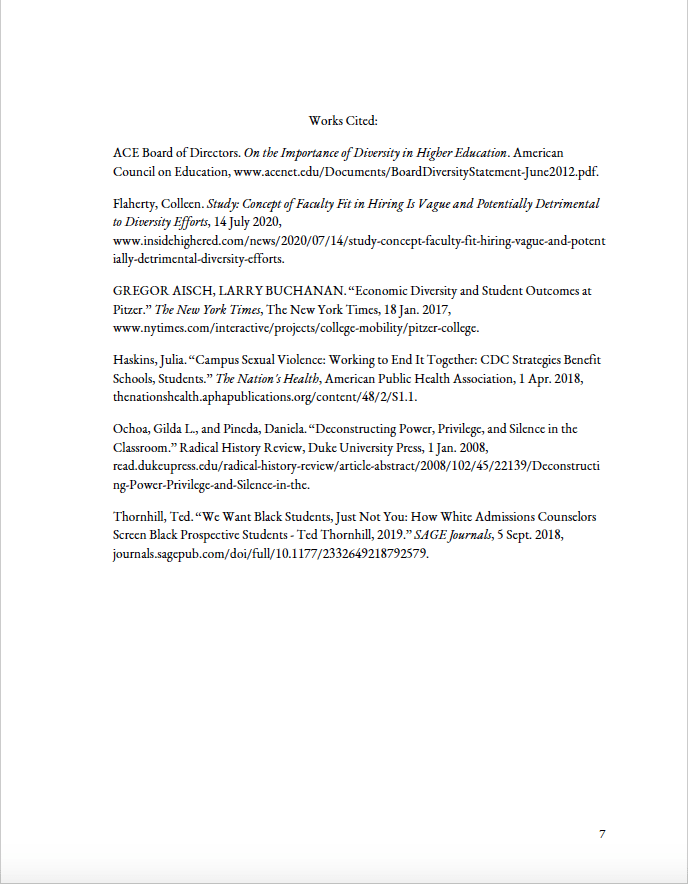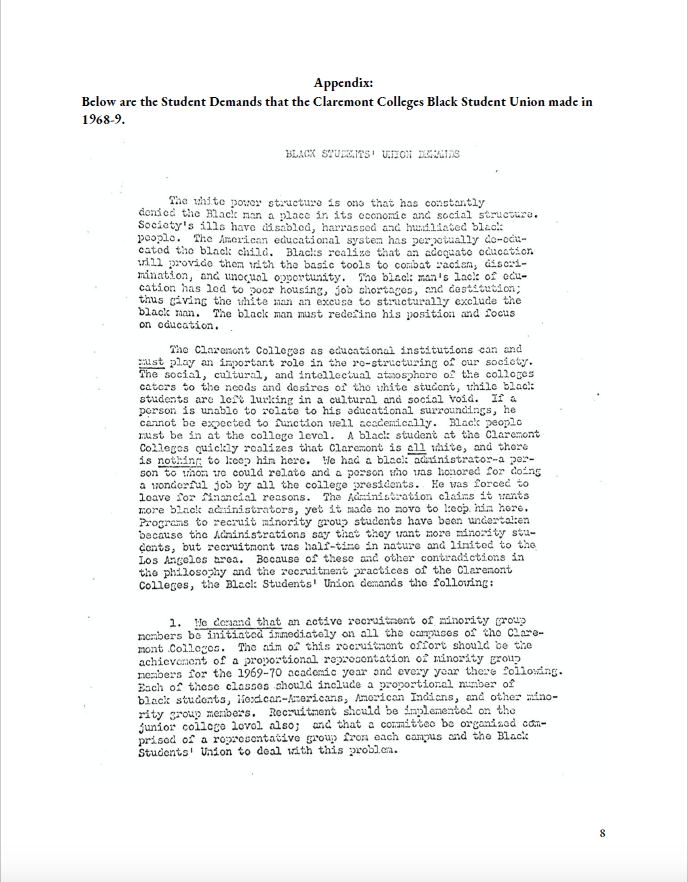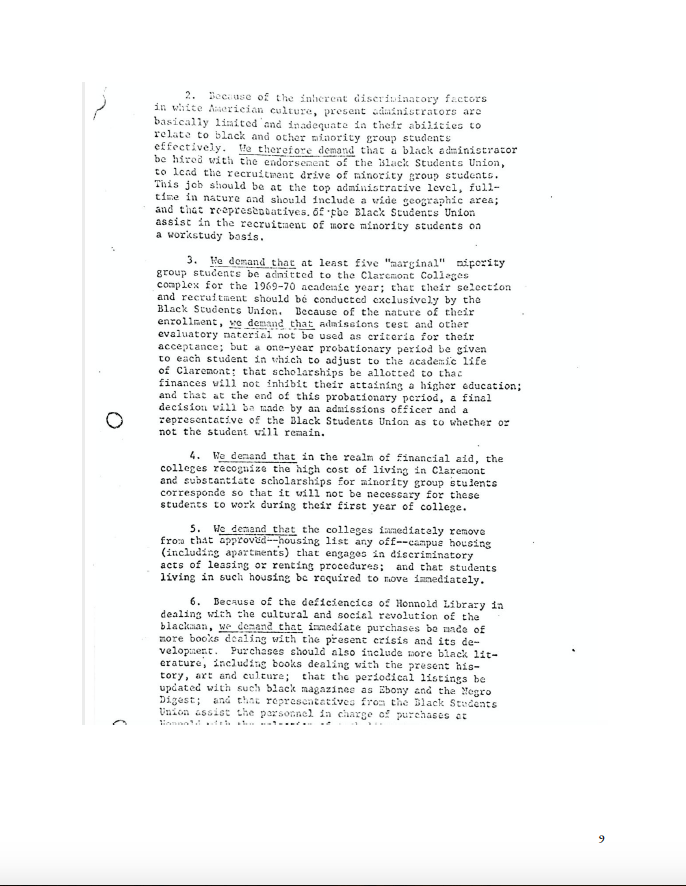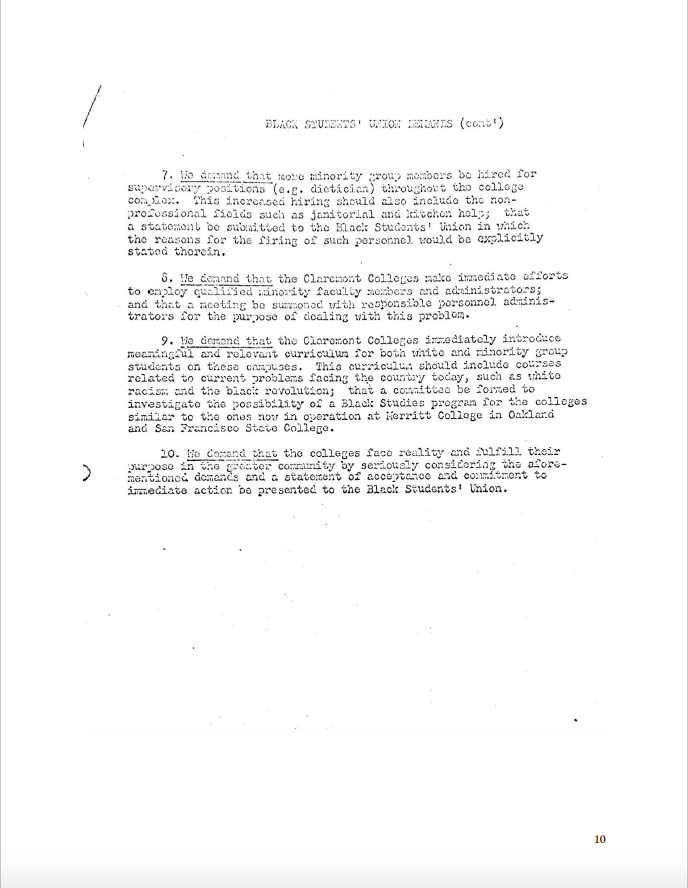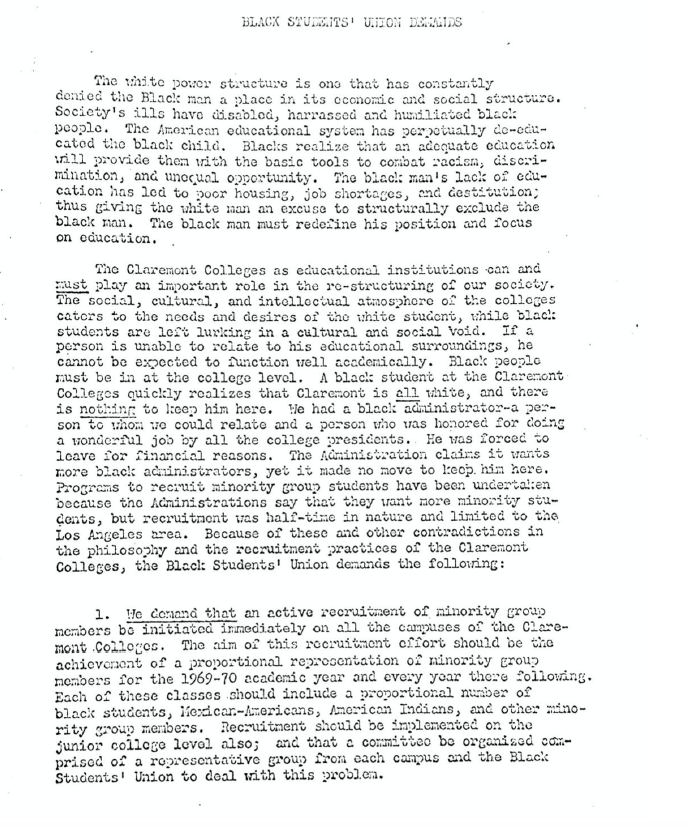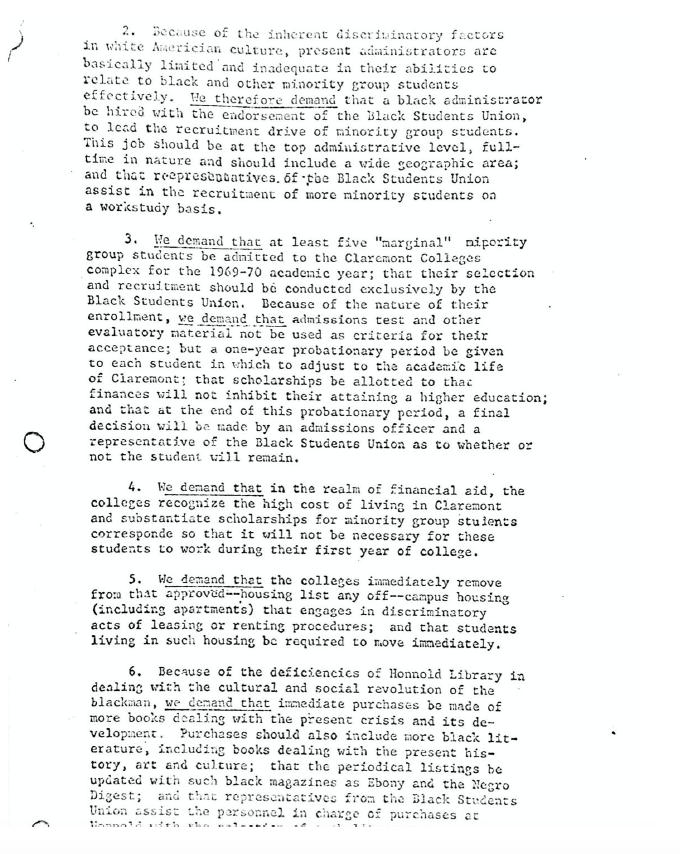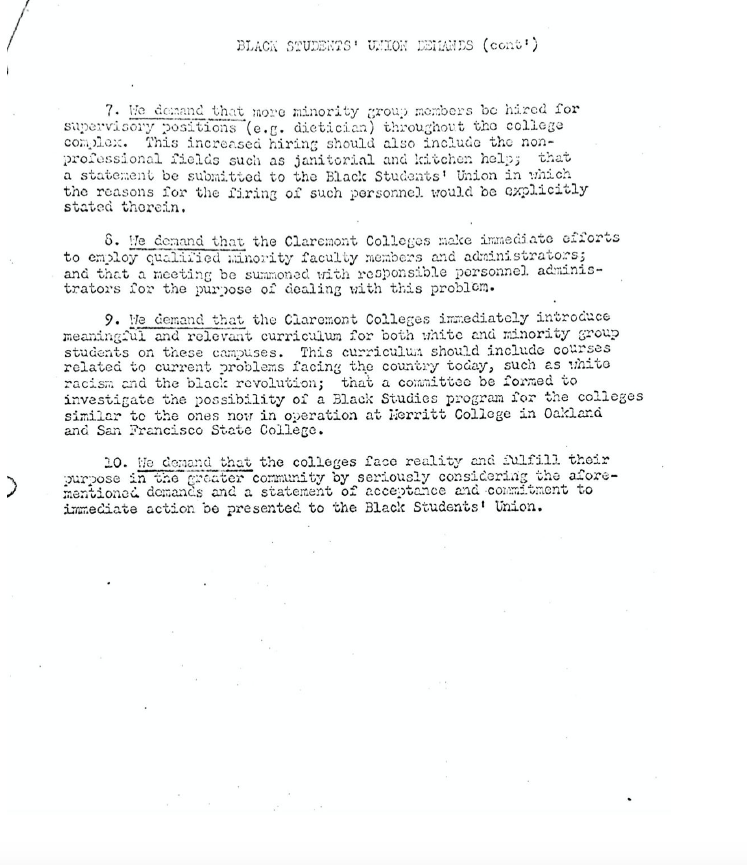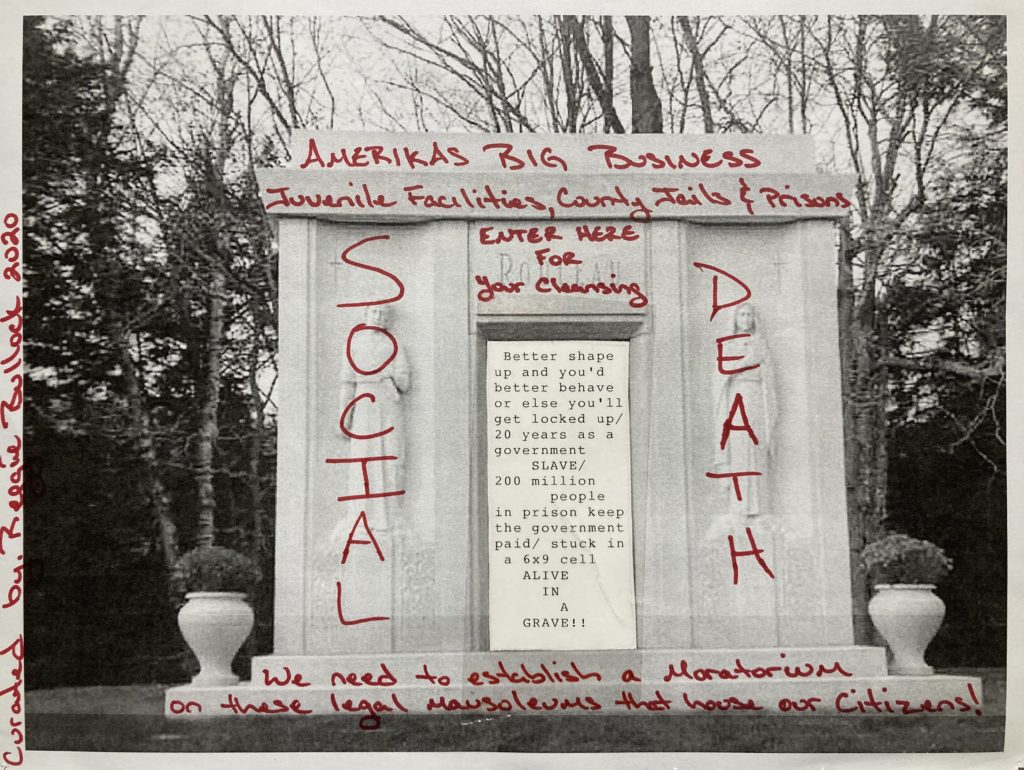
On February 25, 2021, The Dean of Faculty’s Office at Pitzer College intervened in the MANIFESTO submission process to reject “WE NEED TO KNOW” and ask the student artist to remove trustee Fairbairn’s name and resubmit. After one week of unrelenting pressure, and the threat of student demonstration, Pitzer College Art Galleries published the work. That day, students held an action at the College Council meeting in resistance to BlackRock and in solidarity with those oppressed, locally and globally. Trustee Fairbairn and BlackRock finance and profit off evil industries, and Pitzer College, by having a BlackRock executive on the board, and using a BlackRock ETF in the endowment, is complicit.




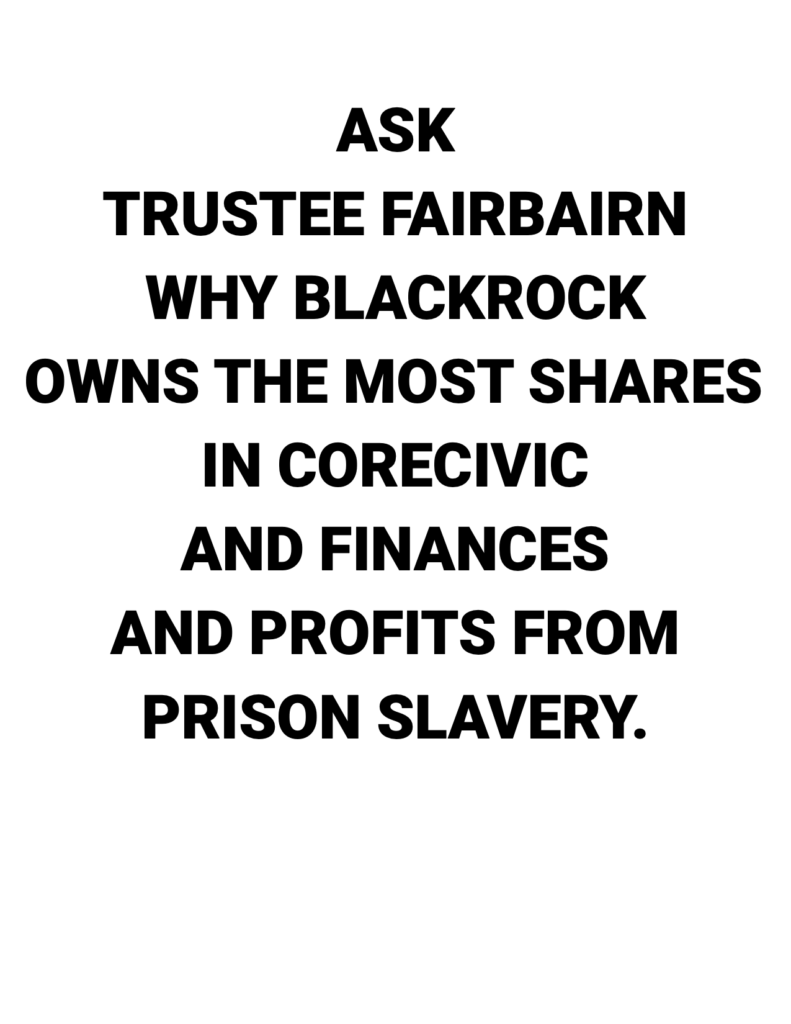
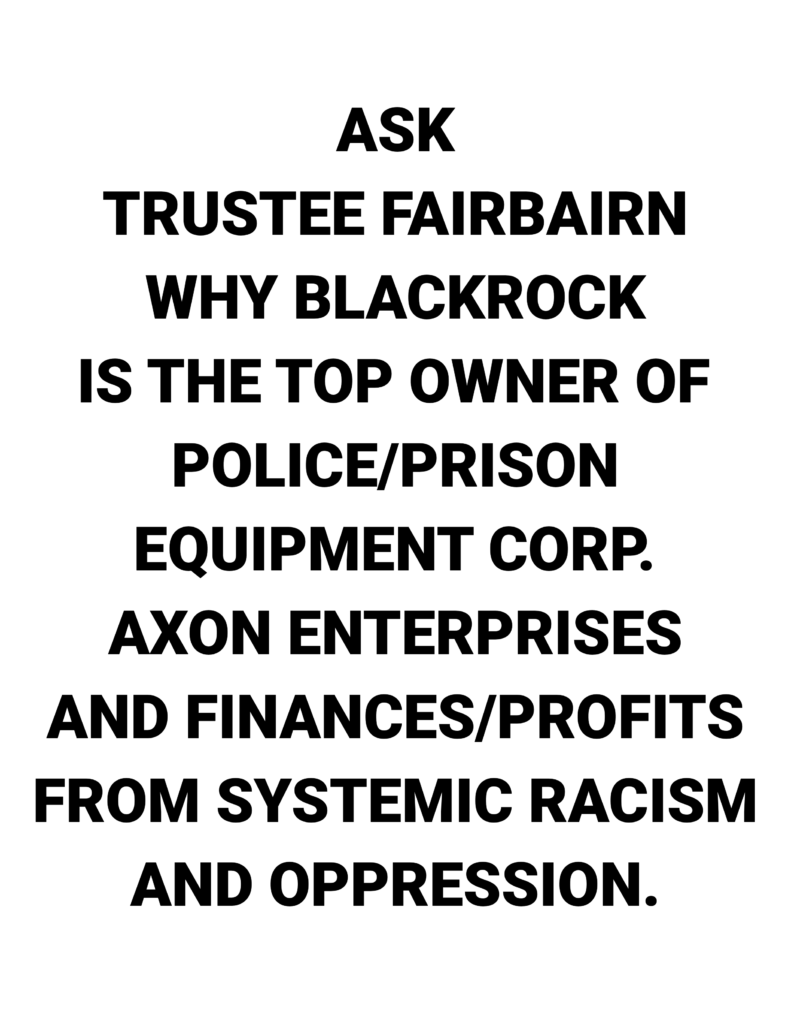
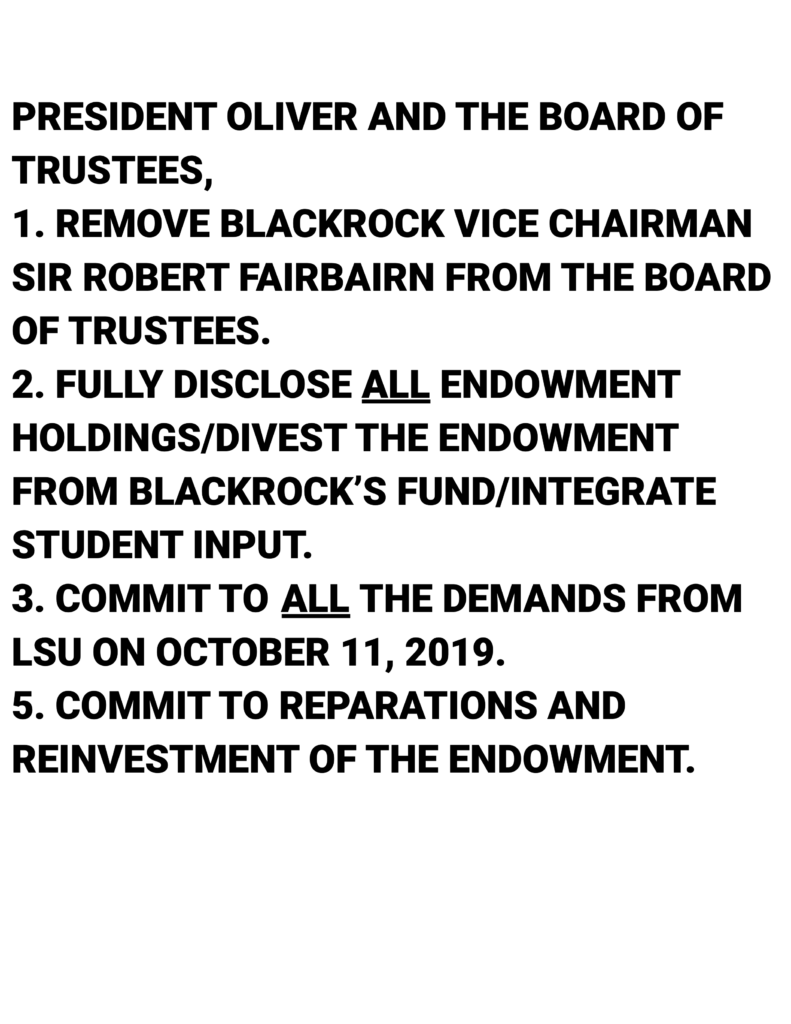
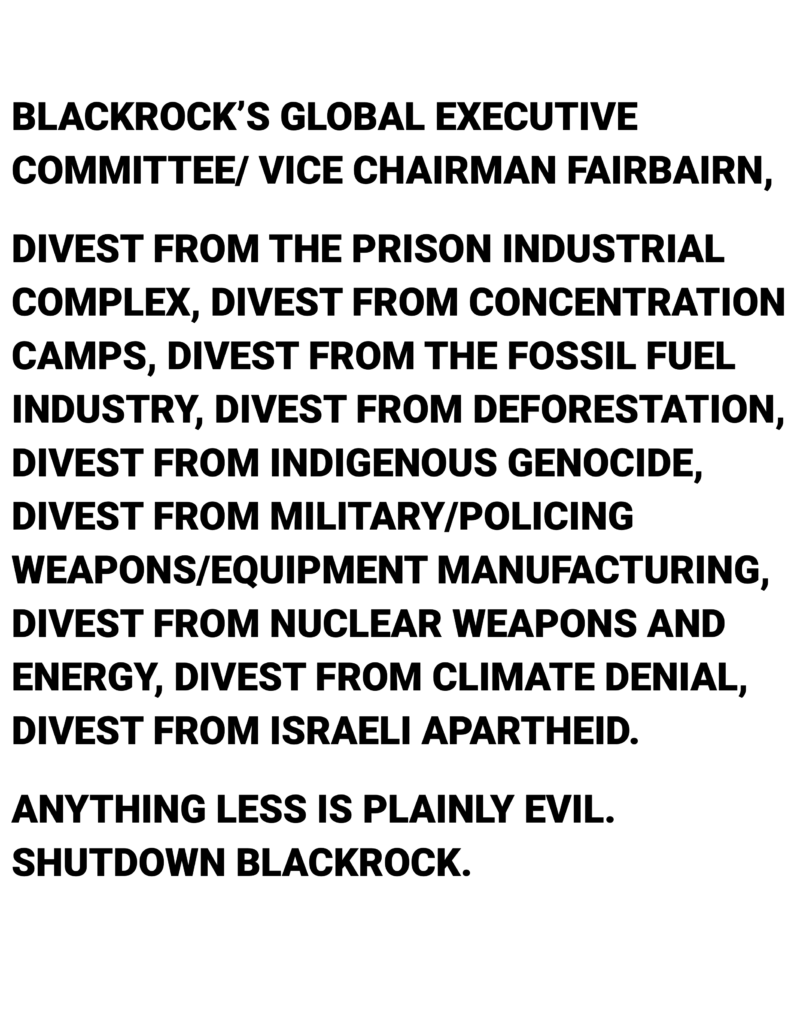
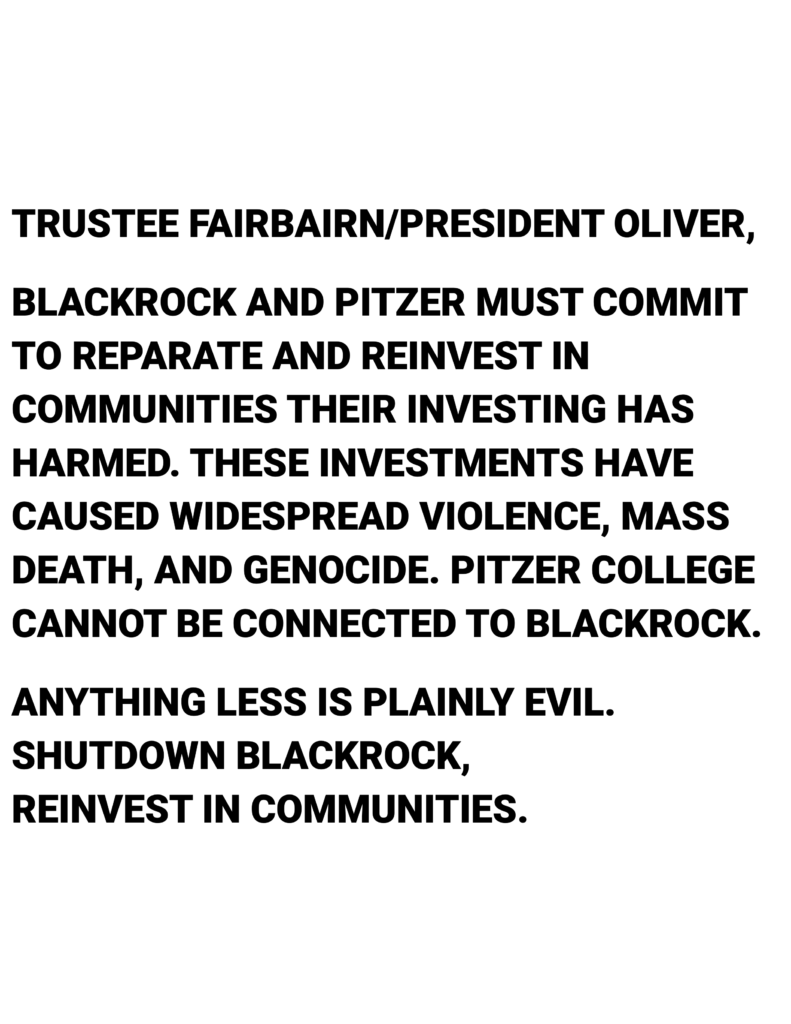
THE GLOBAL EXECUTIVE COMMITTEE OF BLACKROCK INC.
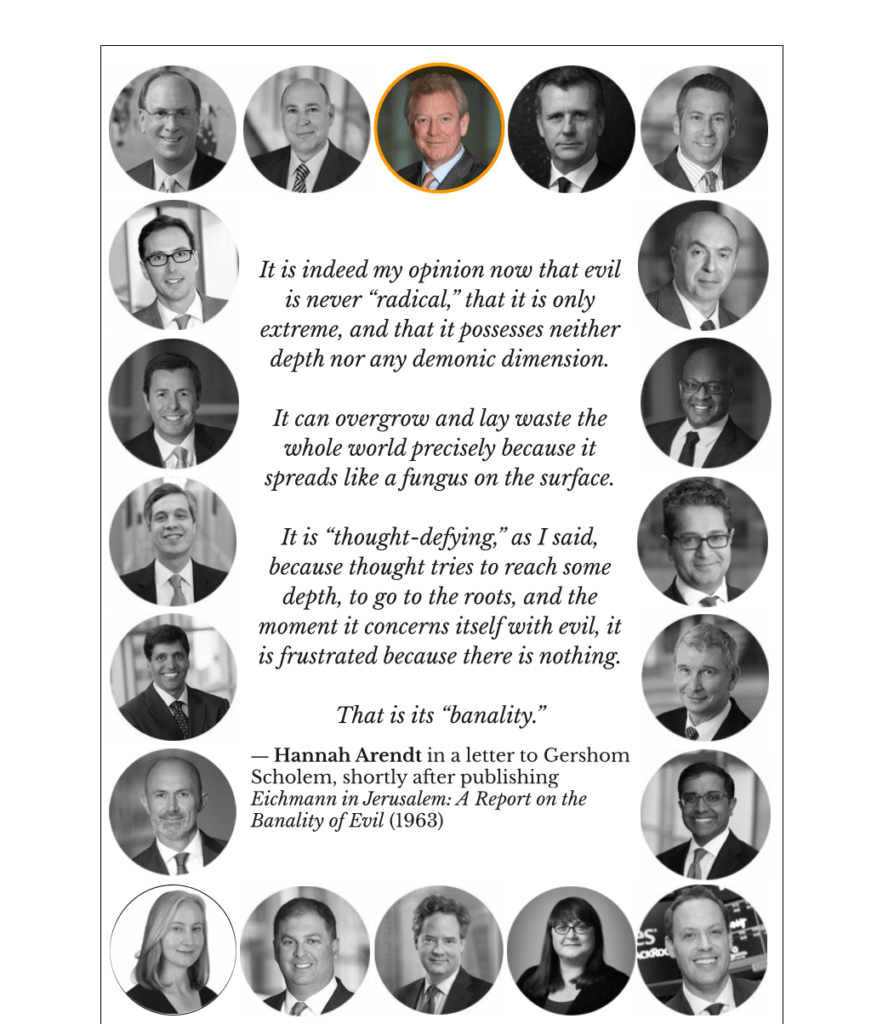
Top Row (left to right): Larry Fink (Chairman and Chief Executive Officer), Rob Kapito (President), Sir Robert W. Fairbairn (Vice Chairman and Pitzer College Trustee), Philipp Hildebrand (Vice Chairman), Gary Shedlin (Chief Financial Officer)
Second Row: Rob L. Goldstein (Chief Operating Officer), Ben Golub (Chief Risk Officer)
Third Row: Mark McCombe (Chief Client Officer), Frank Cooper III (Chief Marketing Officer)
Fourth Row: Christopher Meade (Chief Legal Officer), Salim Ramji (Global Head of iShares and Index Investments)
Fifth Row: Manish Mehta (Global Head of Human Resources), Derek Stein (Global Head of Technology & Operations)
Sixth Row: Edwin N. Conway (Global Head of BlackRock Alternative Investors), Sudhir Nair (Global Head of the Aladdin Business)
Bottom Row: Sandy Boss (Global Head of Investment Stewardship), J. Richard Kushel (Head of the Portfolio Management Group), Mark K. Wiedman (Head of International and of Corporate Strategy), Rachel Lord (Head of Europe, Middle East and Africa), Martin Small (Head of U.S. Wealth Advisory).
FACULTY SILENCE IS VIOLENCE
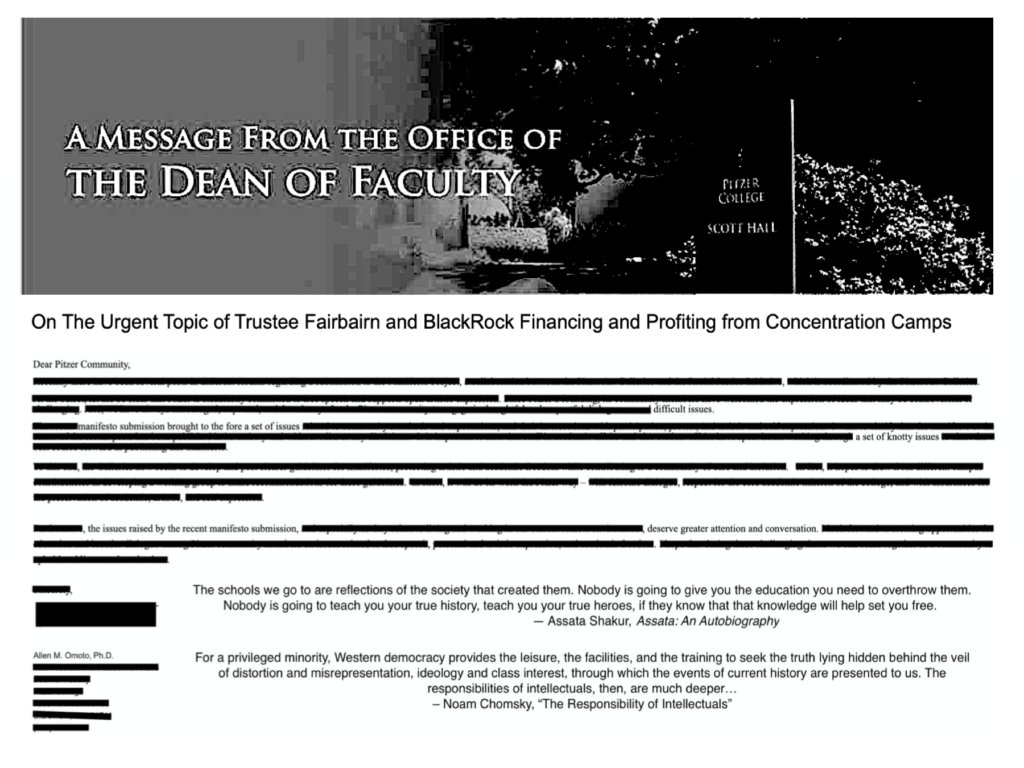
ESG is Greenwashing
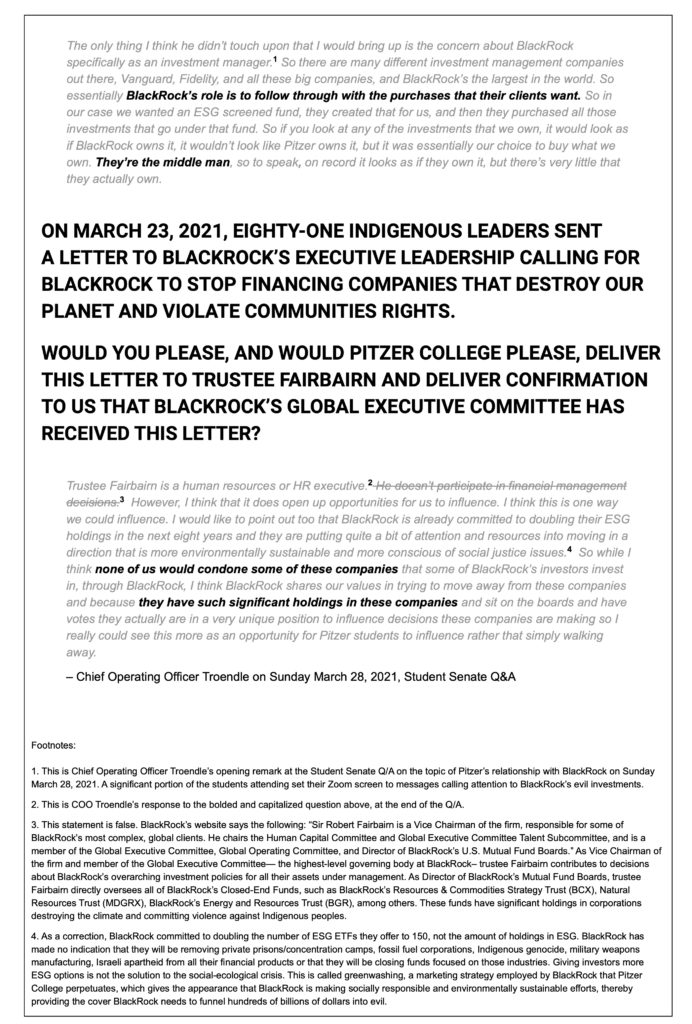
BlackRock’s Evil Has No Place at Pitzer
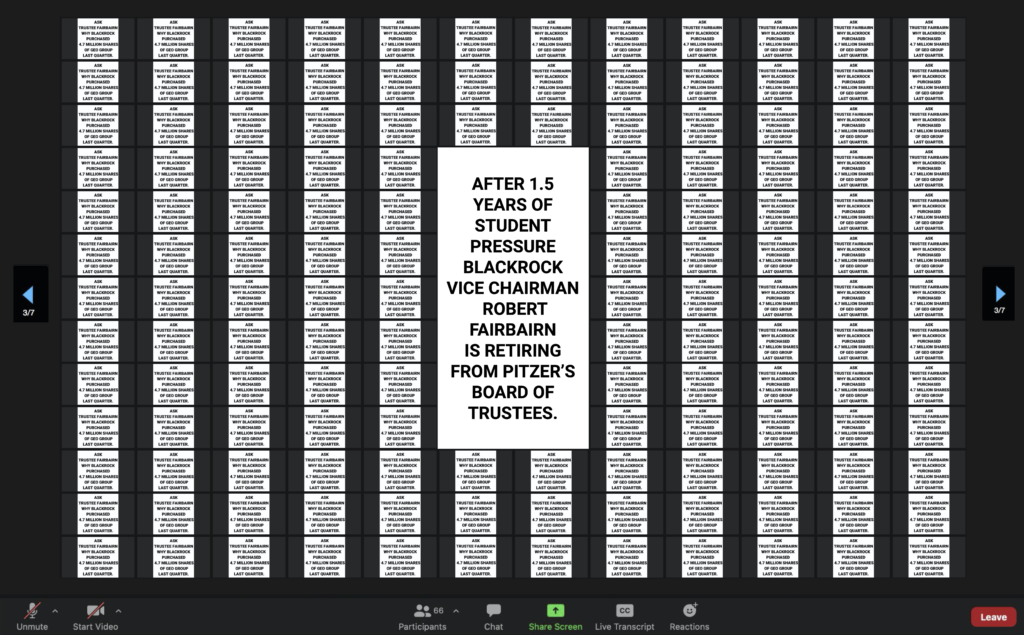
Killing the Black Snake
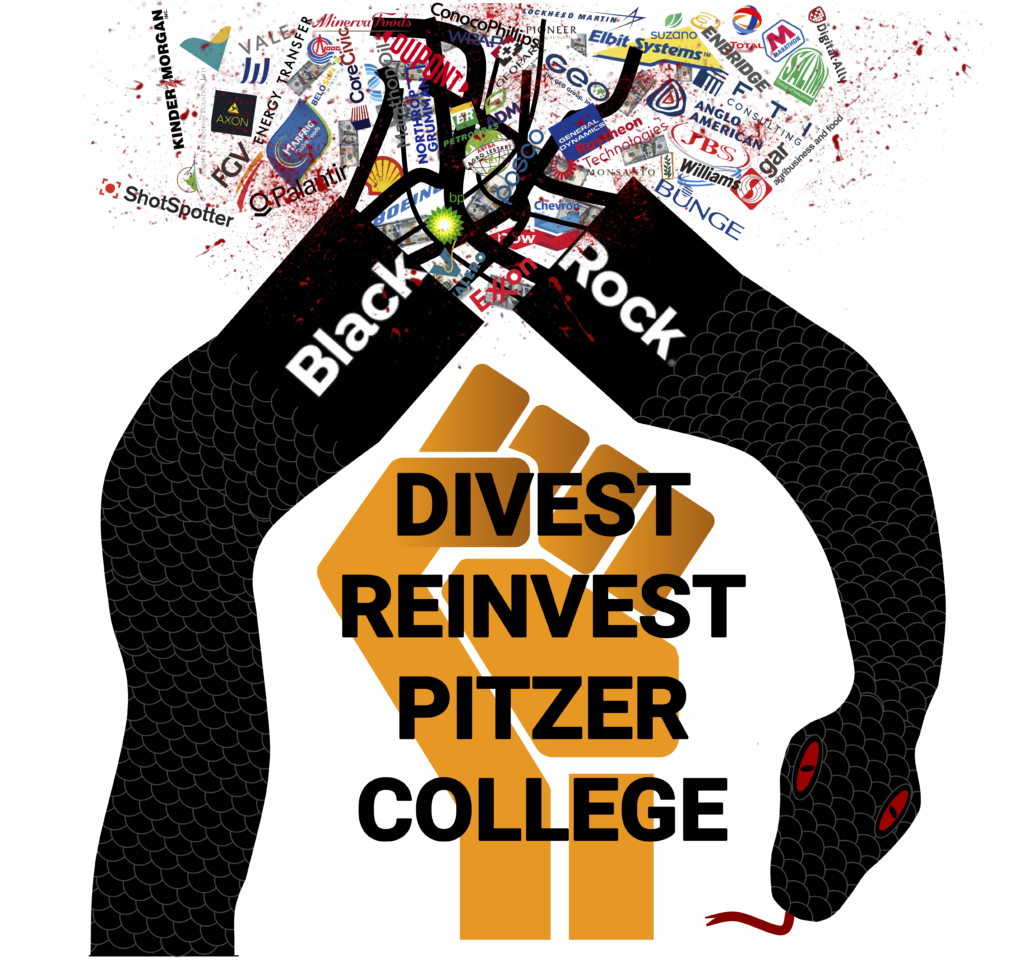
The video above, Past Evil’s Gate: Trespassing at the Largest US Migrant Concentration/Torture Camp, could potentially be traumatic to watch for some as it mentions (in text) death, sexual abuse, racism, medical negligence. Adelanto ICE Processing is owned and operated by The GEO Group Inc. a private company that systematically concentrates undocumented people into inhumane camps the US and subjects them to horrific physical and psychological torturous conditions, indefinitely. BlackRock Inc. invests in GEO Group and perpetuates this racist, violent, evil industry. Pitzer College invests $75 Million into a BlackRock fund that Pitzer advertises as socially responsible, yet it possibly has holdings in private prisons and migrant detention. Pitzer accepted donations from BlackRock Vice Chairman Robert Fairbairn and invited him to the board of Trustees. In Spring 2021, Fairbairn resigned after over a year of organized pressure. The Pitzer community must support full divestment from BlackRock and GEO Group.
Sources:
https://www.vvdailypress.com/article/20140226/NEWS/302269990?template=ampart
https://www.vvdailypress.com/article/20131125/NEWS/311259989
https://www.detentionwatchnetwork.org/sites/default/files/reports/CIVIC%20DWN%20Adelanto%20Report.pdf
https://laist.com/news/sexual-assault-claims-immigrant-detention
https://www.motherjones.com/politics/2017/06/adelanto-death-immigration-detention-geo/
https://www.motherjones.com/politics/2017/06/refugees-detention-begin-hunger-strike/
https://www.latimes.com/local/lanow/la-me-ln-adelanto-oig-20181002-story.html
https://www.ocregister.com/2019/04/10/ice-released-detainee-while-he-was-in-a-coma-weeks-before-his-death/
https://www.disabilityrightsca.org/post/there-is-no-safety-here-the-dangers-for-people-with-mental-illness-and-other-disabilities-at
https://www.desertsun.com/story/news/2019/12/20/ice-signs-long-term-contracts-private-detention-centers-two-weeks-ahead-state-law/2713910001/
https://www.npr.org/2020/01/15/794660949/despite-findings-of-negligent-care-ice-to-expand-troubled-calif-detention-center
https://prospect.org/justice/hunger-striking-ice-detainees-demand-coronavirus-answers/
https://earthjustice.org/news/press/2020/immigrants-in-detention-facilities-at-risk-of-toxic-chemical-exposure-according-to-newly-compiled-research
https://www.vice.com/en/article/3an9mb/biden-homestead-migrant-children-detention-center-superfund
https://laist.com/news/ice-adelanto-detention-center-covid-19-outbreak-coronavirus
https://www.sbsun.com/2021/03/22/detainee-who-pleaded-for-release-from-ice-immigration-center-in-adelanto-dies-from-covid-19/#:~:text=In%202019%2C%20Jose%20Luis%20Ibarra,released%20him%20to%20avoid%20accountability.

 WORLD IS WATCHING – MANIFESTO
WORLD IS WATCHING – MANIFESTO